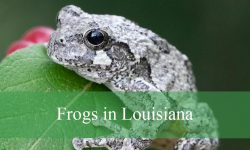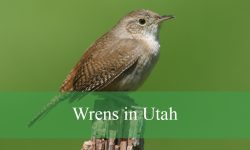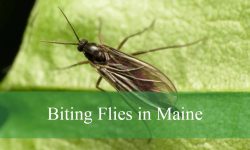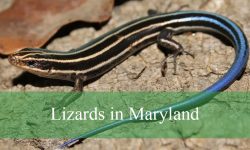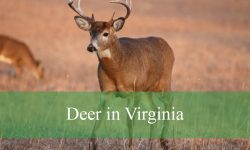Skunks are one of the most recognizable mammals in North America, known for their bold black-and-white patterns and their famous defensive spray. For people living in Georgia, questions often arise about whether these animals are present in the state, how to identify them, and where they can be found. The truth is that skunks do live in Georgia, and understanding their habits, appearance, and behavior is key to appreciating their role in the ecosystem while also avoiding potential conflicts.
This article explores the two skunk species found in Georgia, provides detailed identification tips, and highlights their behaviors, habitats, and seasonal activities. With an emphasis on real-world encounters and scientific insights, it also sheds light on the best ways to observe these elusive creatures safely. By the end, you will have a complete guide to skunks in Georgia, along with visual cues to recognize them.
Skunks in Georgia: An Overview
Georgia is home to two species of skunks, the striped skunk and the eastern spotted skunk. Both belong to the family Mephitidae, which includes animals specialized in chemical defense. The presence of these two species highlights the state’s diverse ecosystems, ranging from woodlands and agricultural areas to suburban neighborhoods.
The striped skunk is the more widespread and commonly encountered of the two. This species thrives in mixed habitats and is tolerant of human presence. In contrast, the eastern spotted skunk is far less common, considered rare, and has been declining in population throughout its range. In Georgia, sightings of the spotted skunk are sporadic, making it an important species of conservation concern.
Despite their reputation, skunks are generally shy animals that avoid direct confrontation. They are nocturnal foragers that play an important ecological role by consuming insects, rodents, and other pests. Their adaptability allows them to survive across a wide range of environments, but their presence can sometimes lead to conflicts with people when they den under porches or forage in trash bins.
Characteristics of the Striped Skunk in Georgia
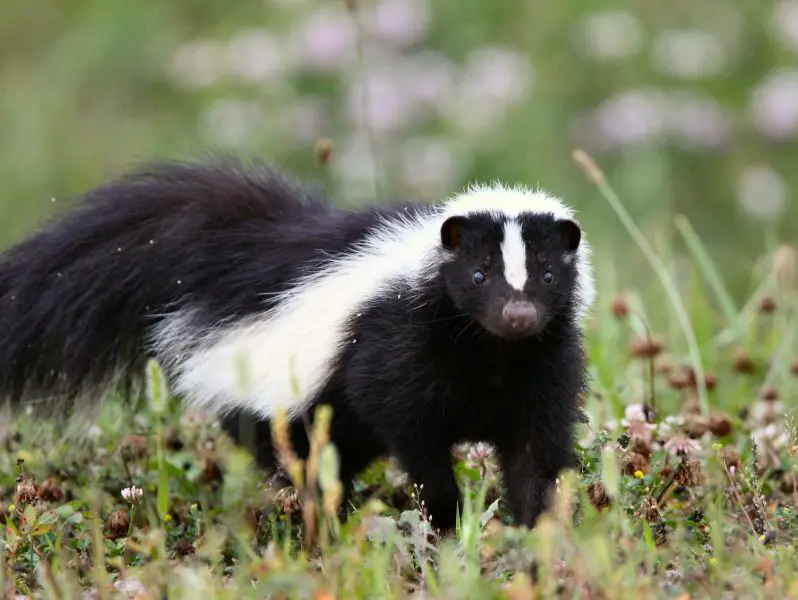
The striped skunk is the species most Georgians are familiar with. It has a distinctive appearance that makes it easy to identify. The body is typically covered in black fur with two bold white stripes that run from the head down the back, often merging into a single line near the tail. The tail itself is bushy, black with interspersed white hairs, creating a striking contrast.
Adult striped skunks measure between 20 and 30 inches in length, including the tail, and weigh anywhere from 4 to 10 pounds. Males are generally larger than females, although the size difference is not dramatic. Their short legs and long claws are adapted for digging, which they use to search for insects, grubs, and small animals in the soil.
Behaviorally, the striped skunk is solitary for most of the year except during the breeding season. It is primarily nocturnal, spending its nights searching for food. Its diet is highly varied and omnivorous, consisting of insects, small mammals, bird eggs, fruits, and plants. In agricultural regions of Georgia, striped skunks can be both beneficial—by reducing insect populations—and problematic, when they raid poultry farms or dig up lawns.
Characteristics of the Eastern Spotted Skunk in Georgia
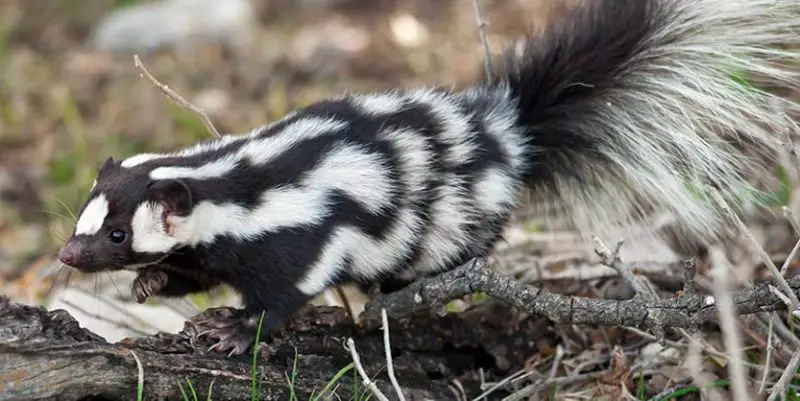
The eastern spotted skunk is much less common and often overlooked. It is smaller and more agile than the striped skunk, with a body length of 16 to 24 inches and a weight of 2 to 4 pounds. Instead of the bold white stripes of its relative, the spotted skunk has broken patterns of white spots and irregular stripes scattered across its black fur. This gives it a mottled appearance that helps with camouflage in dense vegetation.
One of the most fascinating traits of the eastern spotted skunk is its unique defensive behavior. When threatened, it performs a handstand, balancing on its forelegs with its hind legs and tail raised in the air, before spraying if necessary. This acrobatic display is both a warning and an intimidation tactic. Observers who are lucky enough to see it often find it unforgettable.
In Georgia, the eastern spotted skunk is classified as a species of concern due to its declining numbers. Its preferred habitat includes dense forests, brushy areas, and farmlands with cover. Unlike the striped skunk, which tolerates suburban environments, the spotted skunk tends to stay away from human settlements. Its secretive habits and nocturnal activity make it a challenging species to observe directly.
Identifying Skunks in the Wild
Recognizing skunks in Georgia requires paying attention to their size, coloration, and behavior. The striped skunk is unmistakable with its bold stripe patterns, while the spotted skunk’s broken markings give it a more irregular appearance. Both species have bushy tails and short legs adapted for digging.
Skunks are most often seen at night, moving slowly across open areas or rummaging near woodpiles, barns, or garbage containers. They are deliberate walkers, and unlike raccoons, they rarely climb. A strong musky odor in an area is also a telltale sign of their presence, as even without spraying, skunks naturally emit a faint scent from their glands.
Tracks and signs can also help with identification. Skunk tracks resemble those of a cat or small dog but with longer claw marks from their digging behavior. Burrows with freshly dug soil around the entrance may indicate a skunk den, particularly if accompanied by a musky smell.
Skunk Behavior in Georgia
Understanding the behavior of skunks provides insight into how to coexist with them. Both species in Georgia are nocturnal, spending the day in dens and emerging at night to forage. Their foraging habits are opportunistic, and they will take advantage of whatever food sources are available.
Skunks are not aggressive by nature. They prefer to avoid conflict and will only spray when threatened or cornered. Before spraying, they usually give warning signs such as stamping their feet, hissing, or raising their tail. The spray itself is a sulfur-based chemical that can travel several feet and causes a strong, lingering odor.
In terms of social behavior, skunks are generally solitary except during the breeding season or when females raise their young. Striped skunks may share dens in winter for warmth, but otherwise, each animal maintains its own territory. Their home ranges in Georgia vary depending on food availability, but typically cover several acres.
Habitat Preferences in Georgia
The variety of landscapes across Georgia provides suitable habitats for skunks. The striped skunk can be found in woodlands, fields, agricultural areas, and even suburban neighborhoods. It is adaptable and thrives in places where food is abundant and denning sites such as burrows, hollow logs, or manmade structures are available.
The eastern spotted skunk is more selective. It prefers brushy edges of forests, overgrown fields, and areas with dense cover. These habitats provide protection from predators and human activity. The spotted skunk is also more adept at climbing than the striped skunk, which allows it to take advantage of different denning opportunities.
Both species use abandoned burrows of other animals as dens, but they may also dig their own. In urban and suburban areas of Georgia, striped skunks may take shelter under sheds, decks, or porches, leading to conflicts with homeowners.
Seasonal Activities of Skunks
Skunk activity in Georgia changes with the seasons. In winter, skunks do not hibernate fully but enter a state of torpor, becoming less active and spending more time in their dens. Striped skunks may gather in communal dens to conserve warmth, while spotted skunks remain solitary even in colder weather.
Spring marks the beginning of the breeding season. Striped skunks mate from February through March, while spotted skunks breed slightly earlier in late winter. After a gestation period, females give birth in late spring to litters of four to seven kits. These young remain with their mother through summer before dispersing in the fall.
During summer and fall, skunks are at their most active. They feed heavily to build fat reserves for winter and may be seen more frequently crossing roads or foraging in open fields. This is also the time when human encounters increase, as young skunks begin to explore outside their dens.
Skunks and Humans in Georgia
Human-skunk interactions in Georgia are common, especially with the striped skunk. Their curiosity and willingness to exploit human food sources often lead them into backyards, gardens, and farmyards. While their presence may cause concern, it is important to remember that skunks are beneficial in many ways. They control insect and rodent populations, which can help farmers and gardeners.
Conflicts usually arise when skunks den close to homes or when pets encounter them. Preventing problems involves securing trash, closing off spaces under porches, and avoiding feeding pets outdoors at night. If a skunk is spotted nearby, it is best to give it space rather than attempting to chase it away.
In terms of public health, skunks can carry rabies, though the risk is relatively low. Caution should be exercised if a skunk appears unusually aggressive or active during the daytime, as this can be a sign of illness.
Conservation of Skunks in Georgia
The striped skunk remains common and widespread across Georgia. However, the eastern spotted skunk is facing significant population declines, leading to conservation efforts aimed at protecting its habitat. Habitat loss, pesticide use, and increased predation are believed to be factors in its decline.
Wildlife agencies encourage landowners and farmers to maintain brushy areas and wooded edges that provide shelter for spotted skunks. Research and monitoring programs are also underway to better understand their distribution and population trends in Georgia. Protecting this species is important not only for biodiversity but also for maintaining the balance of local ecosystems.
Best Times and Places to See Skunks in Georgia
For those hoping to observe skunks in the wild, the best time is during the warmer months of spring through fall, when they are most active at night. Rural areas, forest edges, and farmlands provide good opportunities to spot striped skunks. They are also occasionally seen in suburban neighborhoods, especially in places where food is accessible.
The eastern spotted skunk is much more difficult to encounter. Wildlife enthusiasts may have luck in remote forested regions of northern and central Georgia, but sightings are rare. Trail cameras and nocturnal surveys are often the best ways to detect their presence.
When observing skunks, it is important to maintain a safe distance. Skunks will generally not spray unless provoked, but getting too close increases the risk of an unpleasant encounter. Binoculars or wildlife cameras can be useful tools for watching them without disturbance.
Conclusion
Skunks are indeed present in Georgia, with both the striped skunk and the rarer eastern spotted skunk inhabiting the state. Recognizing these animals involves understanding their physical traits, behaviors, and preferred habitats. While they sometimes come into conflict with humans, they are vital members of the ecosystem, providing natural pest control and contributing to biodiversity.
By learning how to identify skunks and respecting their space, residents of Georgia can coexist with these fascinating mammals. Whether spotted in a quiet forest clearing or near a suburban backyard, skunks are a reminder of the state’s rich and diverse wildlife.
FAQs about Skunks in Georgia
Are there skunks in Georgia?
Yes, Georgia is home to two skunk species: the striped skunk and the eastern spotted skunk. The striped skunk is widespread and commonly seen, while the spotted skunk is much rarer and considered a species of concern.
What do skunks in Georgia look like?
Striped skunks have bold black fur with white stripes running down their back, while eastern spotted skunks have irregular white spots and broken stripes. Both species have bushy tails and a musky odor.
Where do skunks live in Georgia?
Striped skunks live in woodlands, farmlands, and suburban areas across the state. Eastern spotted skunks prefer brushy forests and are rarely seen.
Are skunks dangerous to humans?
Skunks are not aggressive and avoid confrontation. However, they can spray when threatened, and they may carry rabies. It’s important to give them space and avoid handling them.
What do skunks eat in Georgia?
Skunks are omnivores that feed on insects, grubs, rodents, bird eggs, fruits, and plants. In suburban areas, they may also forage in garbage or pet food.
When are skunks most active in Georgia?
Skunks are nocturnal and most active at night. They are seen more frequently during spring and summer when foraging for food and raising their young.
How can you tell a striped skunk from a spotted skunk?
The striped skunk has two long white stripes down its back, while the spotted skunk has smaller white patches and broken stripes. The spotted skunk is also smaller and more agile.
What should you do if you see a skunk near your home?
Keep a safe distance, secure trash bins, and block off potential denning sites under porches or sheds. Avoid provoking the skunk to prevent spraying.
Are skunks protected in Georgia?
The striped skunk is common and not protected, but the eastern spotted skunk is a species of concern. Conservation efforts focus on preserving its habitat.
Can skunks climb trees in Georgia?
Striped skunks rarely climb, but eastern spotted skunks are more agile and capable of climbing when needed.

